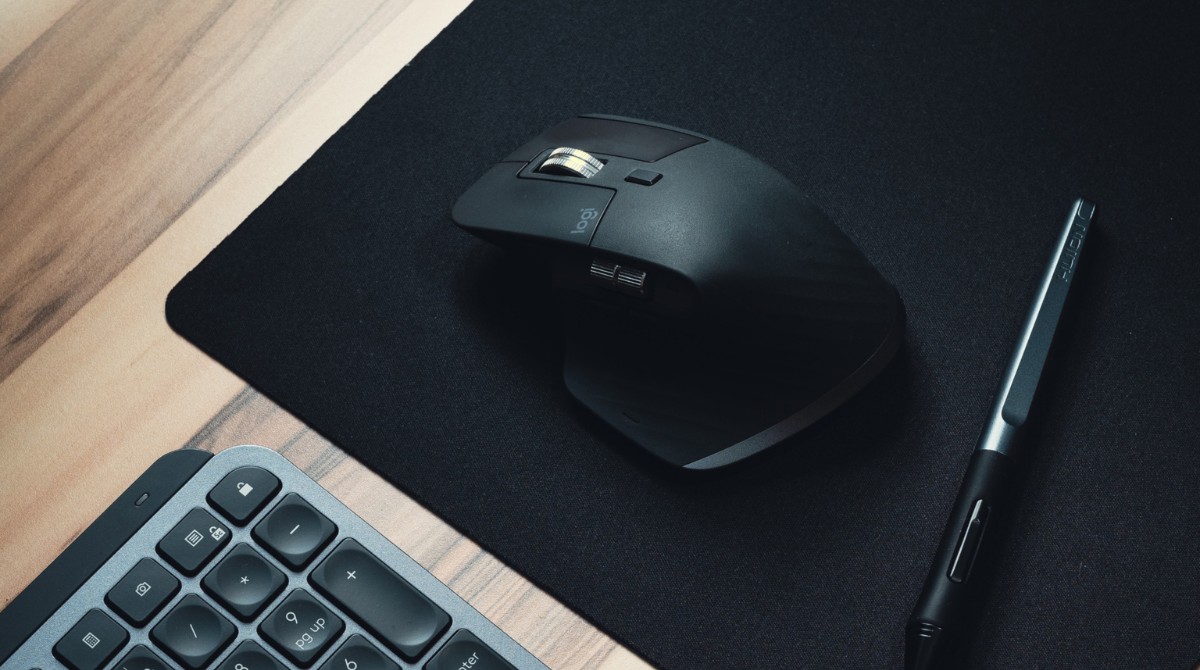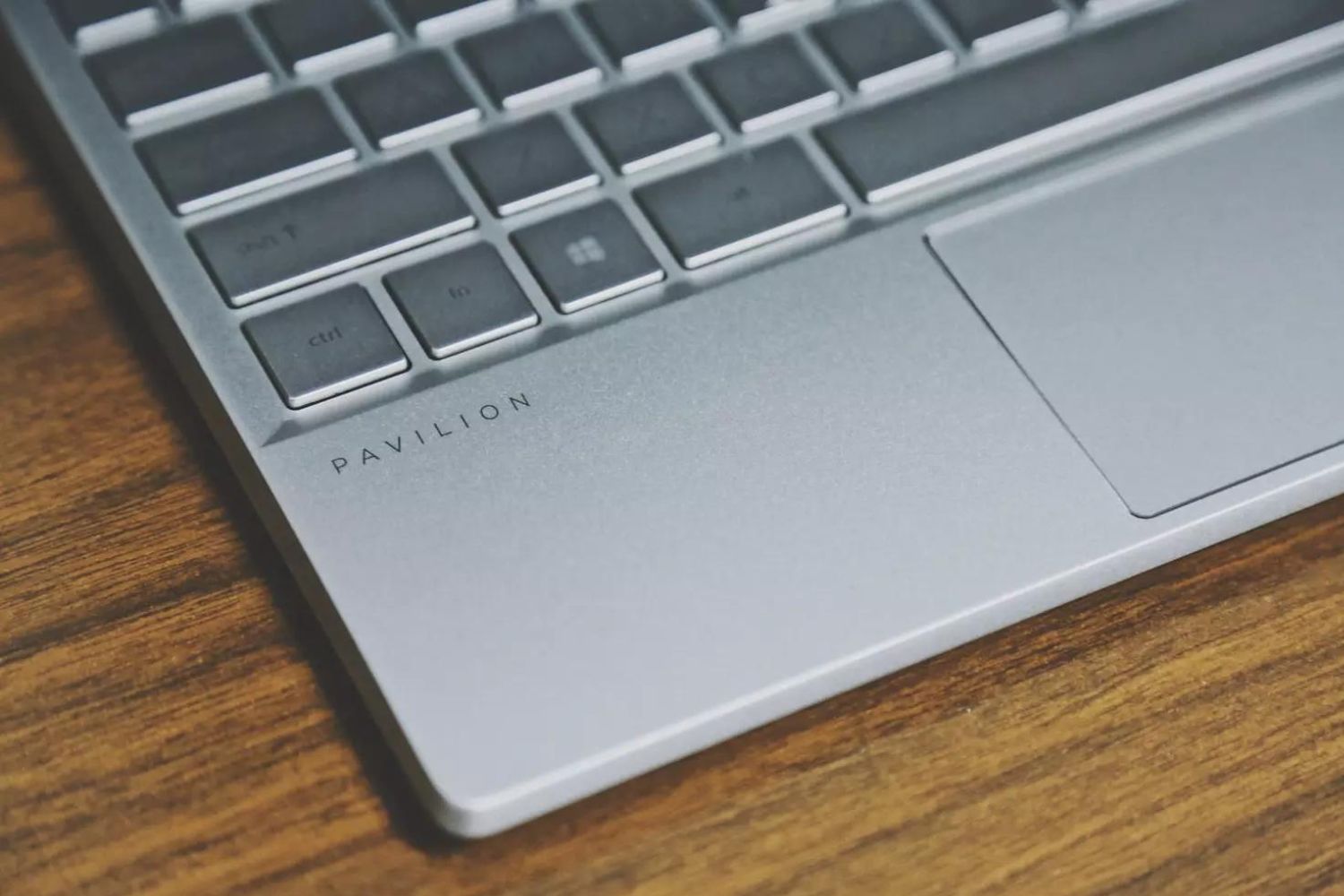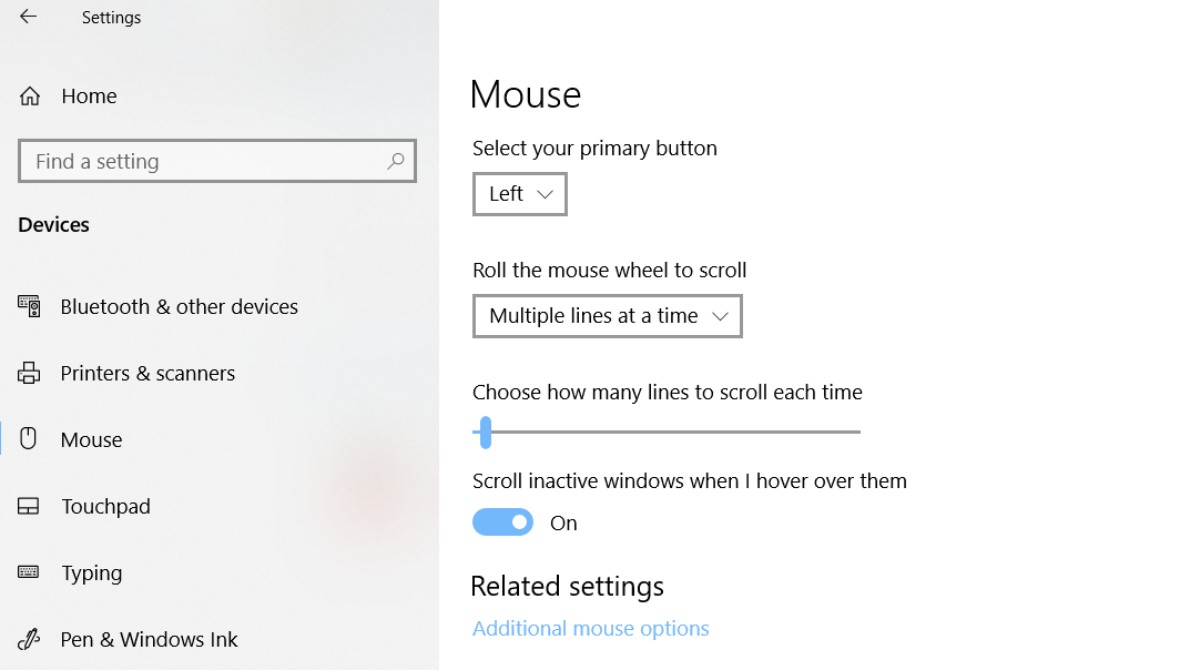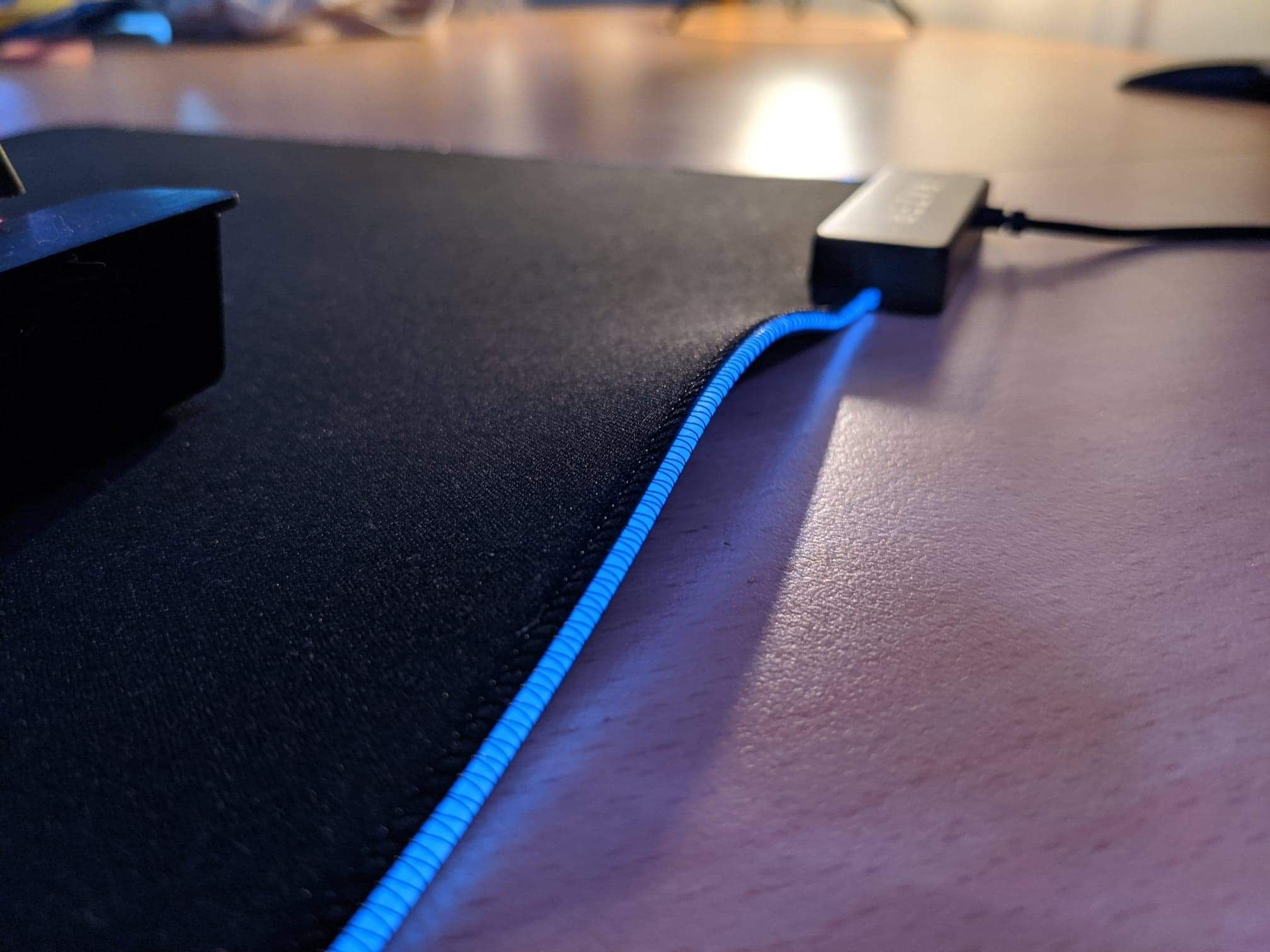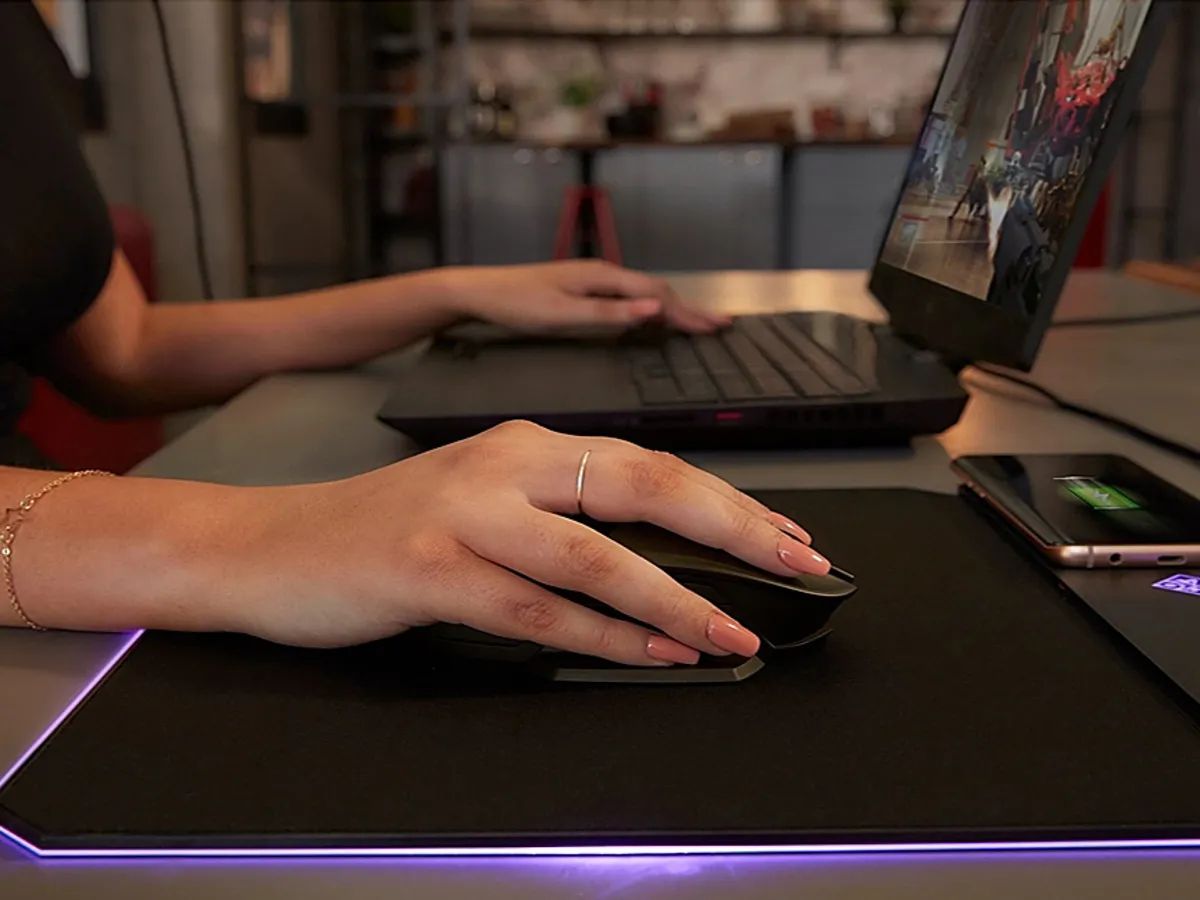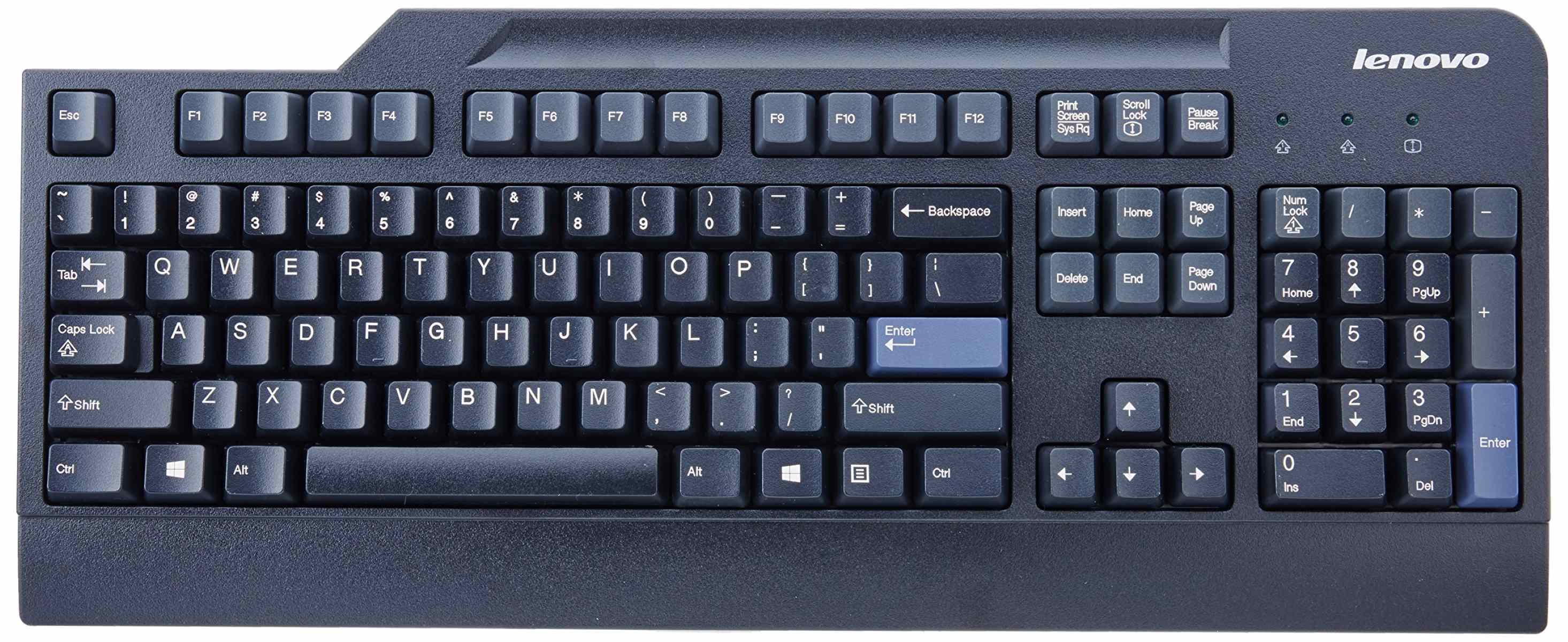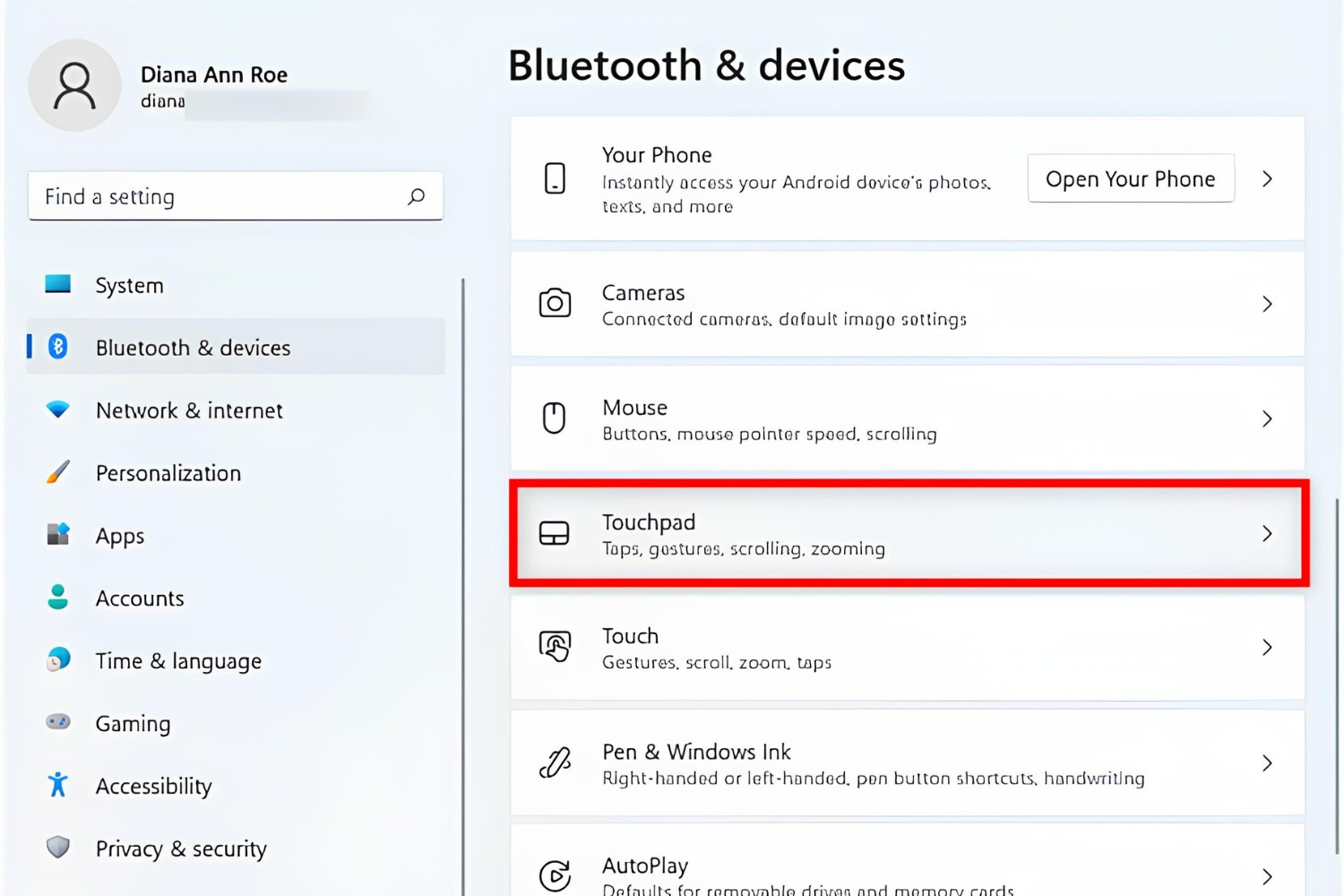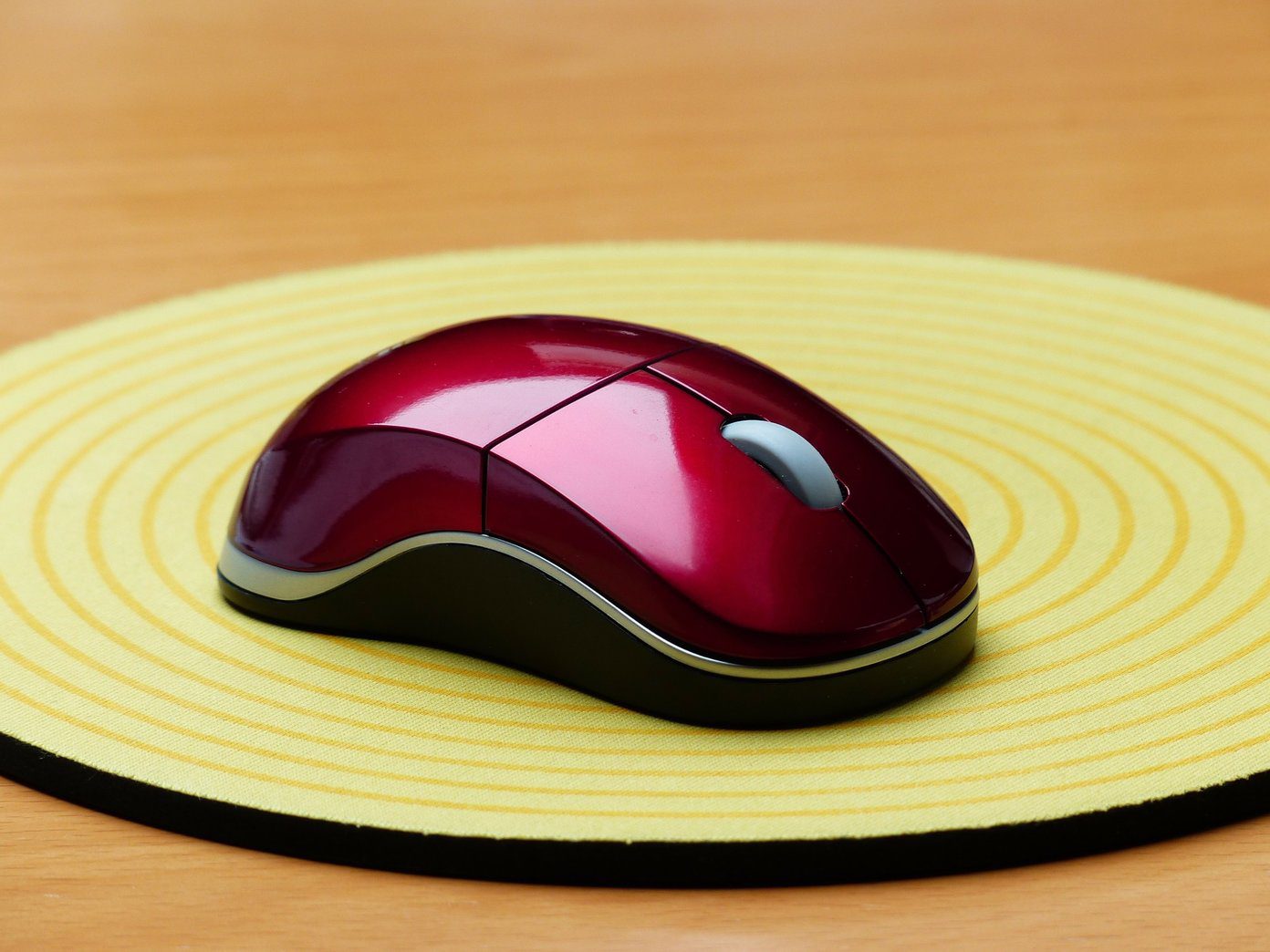Introduction
The mouse pad pointer, also known as the mouse cursor, is a crucial element of any computer system, facilitating user interaction with the graphical user interface. However, encountering a missing mouse pad pointer can be a perplexing and frustrating experience for users. When the pointer disappears from the screen, it can disrupt productivity and hinder the overall user experience. Fortunately, there are several troubleshooting steps that can be taken to address this issue and restore the functionality of the mouse pad pointer.
In this comprehensive guide, we will explore the various methods to fix a missing mouse pad pointer. Whether the pointer has vanished entirely from the screen or is simply not responding to mouse movements, these troubleshooting techniques can help rectify the situation and get the mouse pad pointer back in action.
The disappearance of the mouse pad pointer can stem from a range of causes, including software glitches, outdated drivers, or hardware malfunctions. By systematically addressing these potential issues, users can effectively troubleshoot and resolve the missing mouse pad pointer problem. This guide will walk you through the essential steps to diagnose and rectify the issue, empowering you to regain control of your mouse pad pointer and resume seamless navigation and interaction with your computer interface.
Understanding the underlying factors contributing to the missing mouse pad pointer is the first step in implementing an effective solution. By following the troubleshooting methods outlined in this guide, you can navigate through the technical intricacies and restore the functionality of your mouse pad pointer, ensuring a smooth and efficient computing experience. Let's delve into the various strategies to troubleshoot and fix a missing mouse pad pointer, empowering you to regain control and optimize your user interface.
Check Mouse Settings
When encountering a missing mouse pad pointer, the first step is to inspect and adjust the mouse settings on your computer. The settings related to the mouse pad pointer can directly impact its visibility and behavior on the screen. Here are the essential steps to check and modify the mouse settings:
- Mouse Properties: Access the mouse properties by right-clicking on the desktop and selecting “Personalize.” From there, choose “Change mouse pointers” in the left-hand menu. This will open the Mouse Properties window, where you can adjust the pointer size, color, and other visual attributes. Ensure that the pointer is set to be visible and appropriately sized for easy detection on the screen.
- Mouse Settings in Control Panel: Navigate to the Control Panel and select “Hardware and Sound.” Under the “Devices and Printers” section, click on “Mouse” to access the mouse settings. Here, you can adjust the pointer speed, double-click speed, and other mouse-related settings that may impact the visibility and responsiveness of the mouse pad pointer.
- Check Additional Mouse Options: Within the Control Panel, explore the additional mouse options available based on your operating system. Look for settings related to pointer visibility, trails, and customizations. Adjusting these settings can often resolve issues related to a missing or erratic mouse pad pointer.
By thoroughly examining and modifying the mouse settings, users can address potential configuration issues that may be causing the mouse pad pointer to disappear or behave abnormally. These adjustments can significantly impact the visibility and functionality of the mouse pad pointer, leading to a more consistent and reliable user experience.
Update Mouse Drivers
Outdated or corrupted mouse drivers can contribute to the disappearance of the mouse pad pointer or lead to erratic pointer behavior. Updating the mouse drivers is an essential step in troubleshooting and resolving issues related to the mouse pad pointer. Here’s how to update the mouse drivers:
- Device Manager: Access the Device Manager by right-clicking on the Start button and selecting “Device Manager” from the menu. Expand the “Mice and other pointing devices” category to view the installed mouse drivers.
- Update Drivers: Right-click on the mouse driver and select “Update driver.” Choose the option to search automatically for updated driver software. This will prompt the system to scan for the latest driver updates and install them if available.
- Manufacturer’s Website: Alternatively, visit the website of the mouse manufacturer to download the latest drivers directly. Locate the specific model of your mouse and download the corresponding driver software. After downloading, install the updated drivers to ensure optimal performance.
By updating the mouse drivers, users can address compatibility issues, software glitches, and performance concerns that may be affecting the visibility and functionality of the mouse pad pointer. Keeping the drivers up to date is crucial for ensuring seamless interaction between the mouse and the operating system, ultimately enhancing the overall user experience.
Enable Mouse Pointer
At times, the mouse pad pointer may appear to be missing due to inadvertent settings or configurations that disable its visibility. In such cases, enabling the mouse pointer can swiftly resolve the issue. Here’s how to ensure that the mouse pointer is enabled:
- Accessibility Settings: Access the accessibility settings on your computer, as certain configurations designed for accessibility purposes may impact the visibility of the mouse pointer. Navigate to the accessibility options and ensure that the mouse pointer is enabled and set to be displayed on the screen.
- Check Mouse Properties: Return to the Mouse Properties window, as mentioned in the “Check Mouse Settings” section, and verify that the mouse pointer is set to be visible. Adjust any settings that may have inadvertently disabled the pointer display.
- System Preferences (Mac): For Mac users, access the System Preferences and navigate to the Accessibility settings. Ensure that the mouse pointer visibility options are configured to display the pointer as intended.
By proactively enabling the mouse pointer through system settings and configurations, users can swiftly address instances where the pointer appears to be missing or inactive. These simple adjustments can restore the visibility of the mouse pad pointer and enhance the overall usability of the computer interface.
Check for Hardware Issues
When troubleshooting a missing mouse pad pointer, it’s essential to consider potential hardware-related factors that could be contributing to the issue. Hardware malfunctions or connectivity problems can impact the functionality of the mouse pad pointer. Here are the steps to check for hardware issues:
- Inspect the Mouse Connection: Ensure that the mouse is securely connected to the computer. If using a wired mouse, check the USB or PS/2 connection to confirm that it is properly inserted into the corresponding port. For wireless mice, check the battery status and connectivity to the receiver or Bluetooth interface.
- Try a Different Mouse: If available, attempt to use a different mouse with the computer to determine if the issue is specific to the original mouse. Testing with an alternate mouse can help identify whether the problem lies with the mouse itself or the computer’s configuration.
- Inspect for Physical Damage: Examine the mouse for any physical damage, such as frayed cables, broken buttons, or visible wear and tear. Physical damage to the mouse can impede its functionality and lead to issues with the mouse pad pointer.
- USB Port Testing: If using a USB mouse, try connecting it to different USB ports on the computer to rule out port-specific issues. Sometimes, a malfunctioning USB port can affect the connectivity and performance of the mouse.
By thoroughly examining the hardware components and connections associated with the mouse, users can identify and address potential issues that may be causing the mouse pad pointer to go missing or behave erratically. Resolving hardware-related concerns can significantly enhance the reliability and responsiveness of the mouse pad pointer, ensuring seamless interaction with the computer interface.
Conclusion
Addressing a missing mouse pad pointer is a pivotal aspect of maintaining a smooth and efficient computing experience. By implementing the troubleshooting methods outlined in this guide, users can effectively diagnose and resolve issues related to the mouse pad pointer, ensuring that it remains visible and responsive during computer interactions.
From inspecting mouse settings and updating drivers to enabling the mouse pointer and checking for hardware issues, the comprehensive approach to troubleshooting ensures that users can navigate through potential software and hardware-related factors that may impact the functionality of the mouse pad pointer.
By understanding the underlying causes of a missing mouse pad pointer and taking proactive steps to address them, users can regain control of their computer interface and optimize the usability of the mouse pad pointer. Whether it’s a simple configuration adjustment or a driver update, the solutions presented in this guide empower users to overcome the frustration of a missing mouse pad pointer and resume seamless navigation and interaction with their computer systems.
Ultimately, a responsive and visible mouse pad pointer is essential for efficient navigation, precise interactions, and overall user productivity. By leveraging the troubleshooting techniques outlined in this guide, users can proactively maintain the functionality of the mouse pad pointer, ensuring a consistent and reliable computing experience.
With a combination of technical know-how and systematic troubleshooting, users can confidently address the disappearance of the mouse pad pointer and enjoy uninterrupted navigation and interaction with their computer interfaces.







